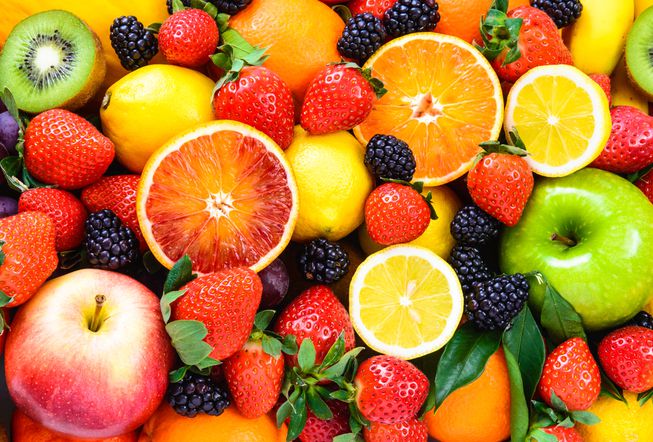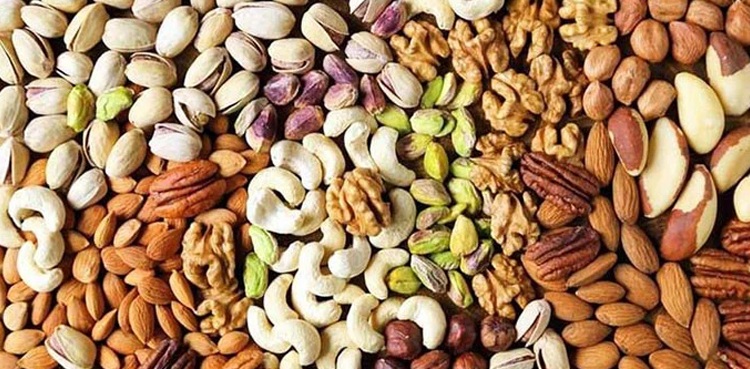
Healthy eating includes replacing meat in the diet with beans, lentils, chickpeas and the like because it is a viable and easy way to increase daily food intake.
One must be aware that those just starting out with legumes may find them difficult to digest but gradually increasing the quantity of legumes in the diet will help one’s body adapt and adjust to this fruitful change.
One should eat fruits and vegetables at every meal as they are a good source of not just vitamins and minerals, but also fibre. With so much diversity, especially during harvest season it is advisable to grab this opportunity by the plateful to add some variety to the dietary regime.
It is advised to keep frozen fruits and vegetables on hand. A good way to increase food and vegetable intake at any time of year is to keep some in the freezer. Whether garden surplus or purchased during the last trip to the grocery store, these fibre-filled foods are easy to access for both side dishes and snacks and should be regularly used for diet.

Many dieticians favour fruits and vegetables with the skin on because every little bit helps when it comes to digestive health. Instead of peeling fruits and vegetables it is advisable to eat unpeeled fruits and vegetables because most fibre is found in the skin.
Whether served as a dip, spread, or garnish, avocado adds a delicious and nutritious touch to almost any meal. Its fibre and vitamins not only help maintain good cardiovascular health but also promote proper intestinal transit.
Snack on nuts as they make excellent snacks because they are full of nutrients, including fibre. They can also help one feeling full. Also add oat or wheat bran to the favourite recipes as they are known for contributing to good digestive health thanks to their high concentration of soluble and insoluble fibre.

Try adding them to muffin recipes already make to increase their nutritional value.
One simple and easy way to get more fibre into diet is to replace white bread, even enriched, with whole-wheat or whole-grain bread. In fact, these grains significantly reduce the risk of diseases such as diabetes and cardio-vascular disorders. A fibre intake of at least 3 g per 70 g serving of whole-wheat bread is considered excellent.
It is suggested to replace white flour with wholewheat flour. Many recipes call for all-purpose white flour but one can always substitute whole-wheat flour in whole or in part. Whole-wheat flour contains bran flakes and therefore more fibre.

Note that the taste and texture of food will change slightly. It is also recommended that white rice may be replaced with brown or wild rice. In fact, high-fibre foods such as brown rice can help people with type 2 diabetes control their blood sugar. Serve snacks and meals with hummus as it goes wonderfully with vegetables and crackers and is a fantastic source of fibre.
Moreover, it is desirable to drink plenty of water to promote fibre absorption. It is required that fibre must be dissolved or swollen to be fully effective so that it is able to benefit the body.
from Health News - Latest breaking Health News - ARY NEWS https://ift.tt/aCLMJ9U


0 Comments